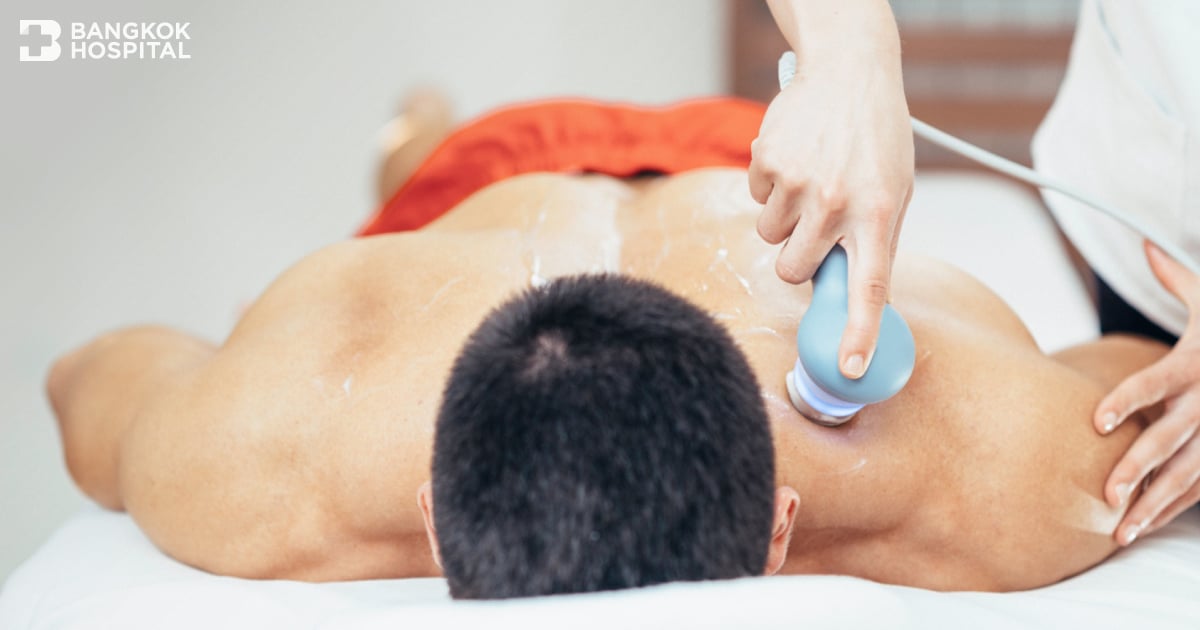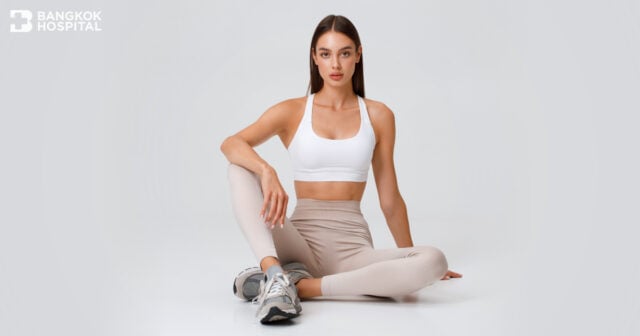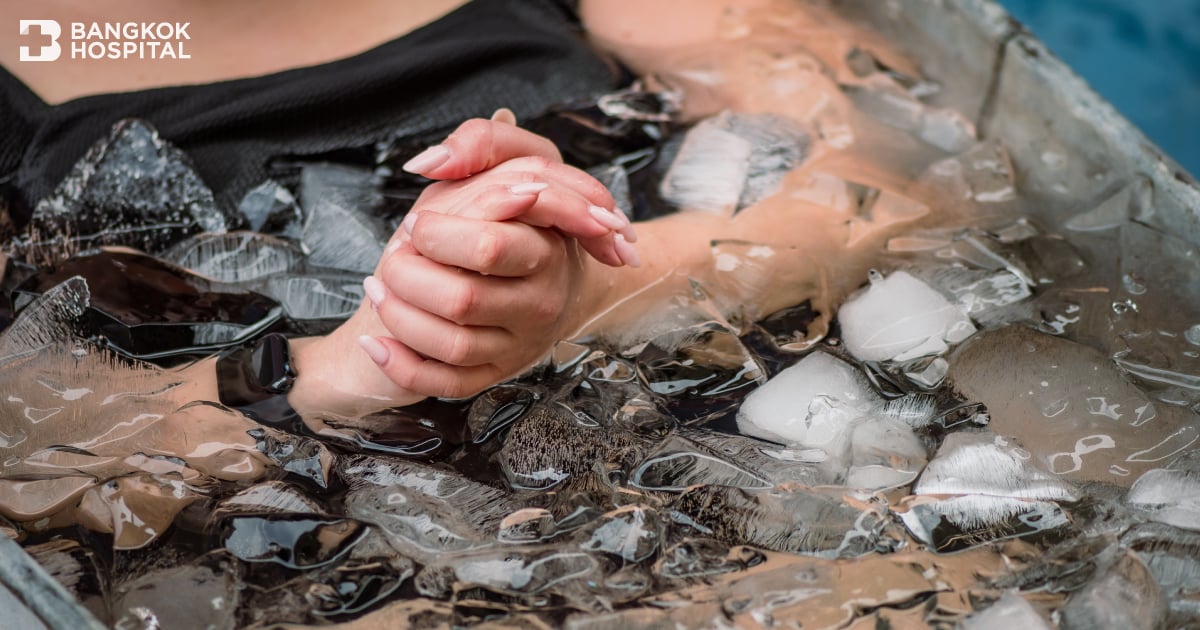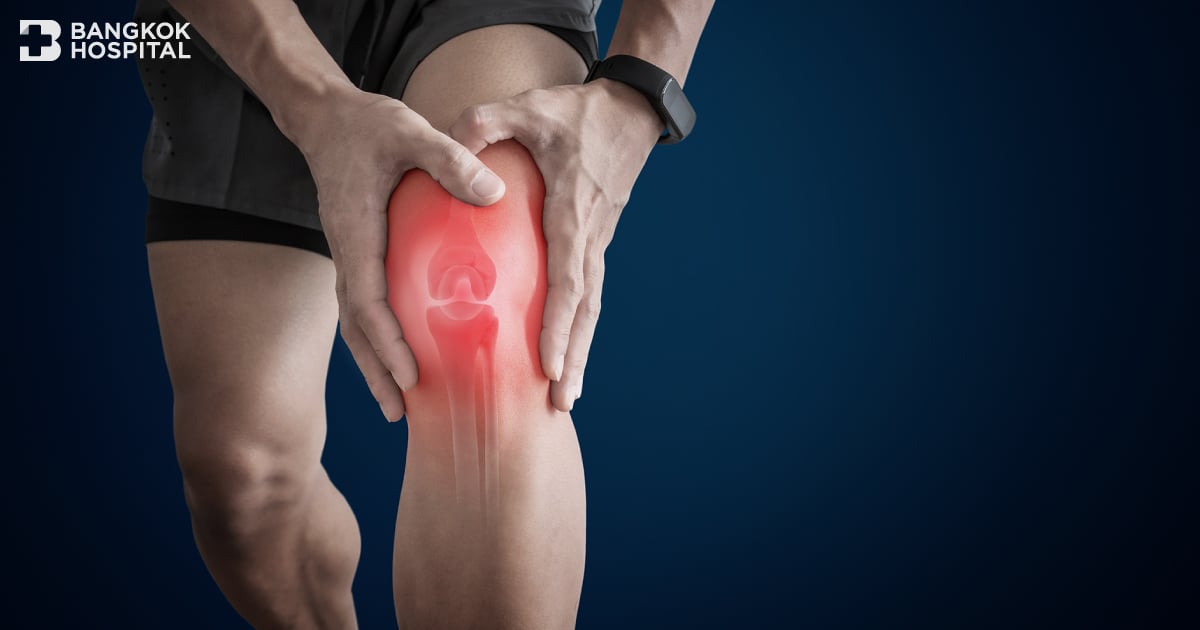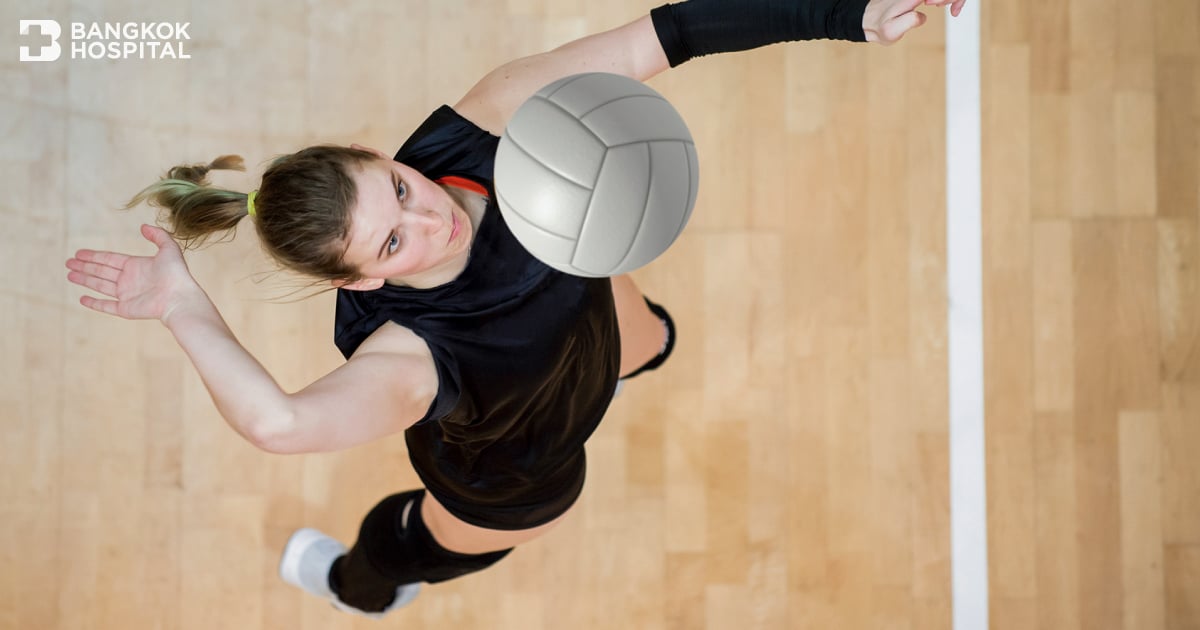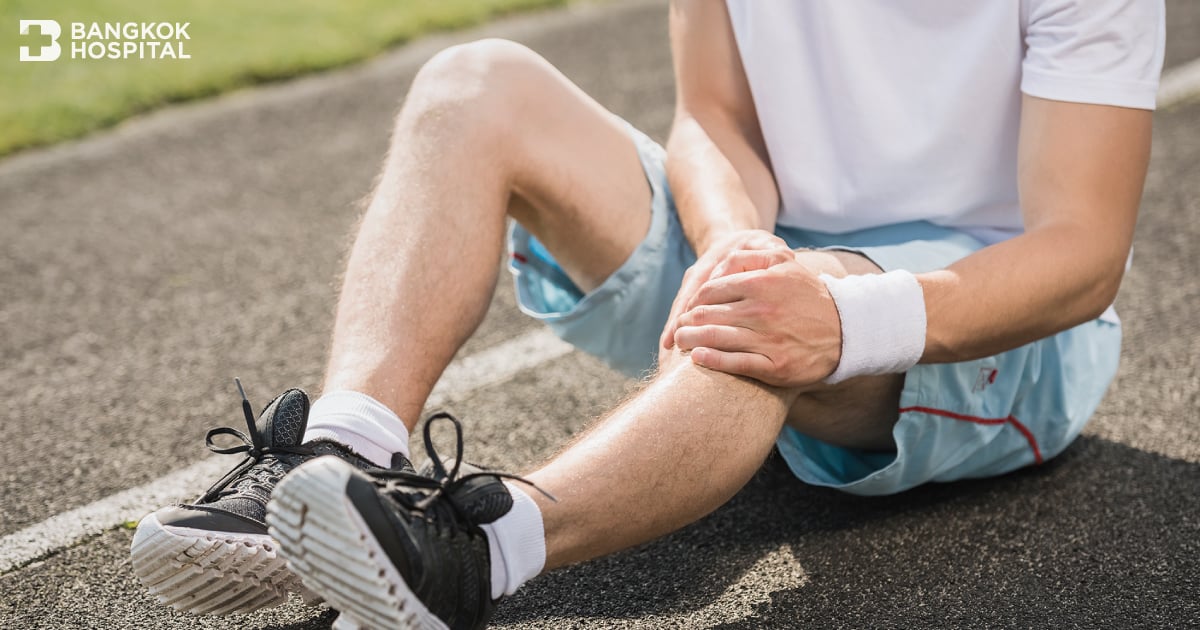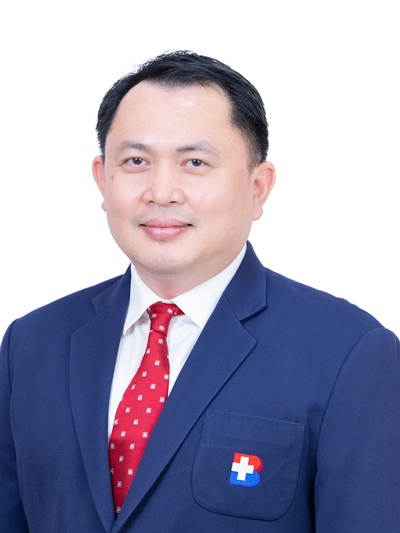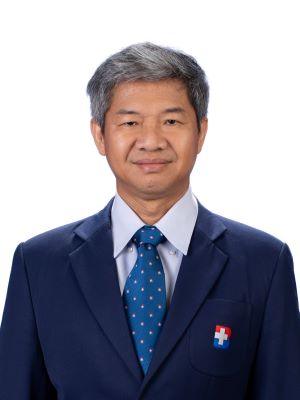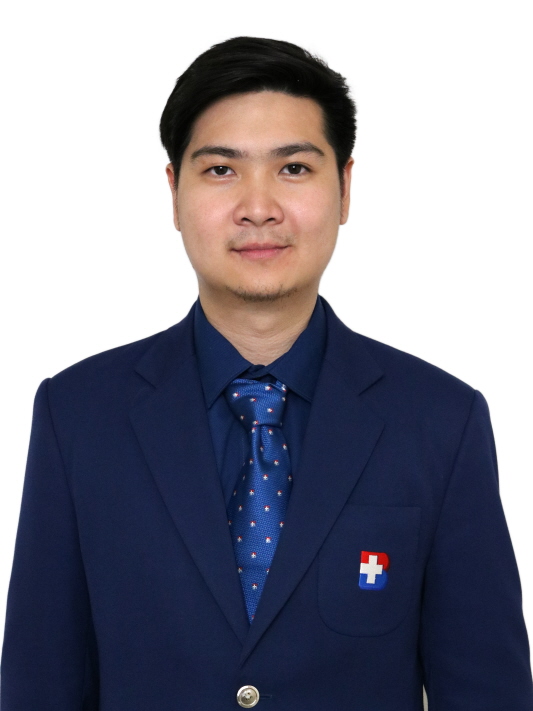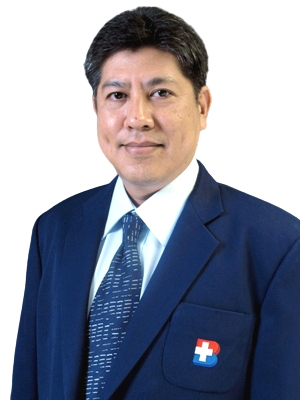Causes of Injuries in Sports
Injuries from sports can occur due to 2 main reasons:
- Accidents during play
- Repetitive use
Diagnosing Sports Injuries
Injuries should be properly diagnosed through physical examination and may include other tests such as X – Ray. For cases where the treatment is non-surgical (Conservative Treatment), it may involve medication to reduce pain and physical therapy to help improve flexibility, repair, and strengthen muscles and joints.
Treating Sports Injuries
The treatment for sports injuries in the first 1 – 3 days will use a principle called RICE
Rest: Rest, stop movements in the injured area, decrease activity, and try to reduce weight on the injured area.
Ice: Cold compress the injured area for 15 – 20 minutes, every 2 – 3 hours.
Compression: Wrap the injured area tightly with an Elastic Bandage.
Elevation: Elevate the injured area to help reduce swelling
Returning to Sports
Before returning to sports, the key is to adjust the body’s structure to be fit for readiness to return to sports. Efforts should focus on
- Improving Flexibility of muscles and soft tissues around the injured joint first
- Training Muscle Strength
- Training Muscle Endurance Proper training will help muscles and joints support weight, perform better in sports, and prevent injuries in the same area again.
In addition, when athletes are injured and stop exercising, cardiovascular fitness drops. During recovery, aerobic exercise should be done to maintain cardiovascular/lung endurance, helping not to get easily tired when returning to sports, by exercising non-injured parts. If injured in the legs, should exercise the arms instead, such as hand cycling to maintain endurance.
Once the injury improves, exercise can be done to support the injured part by reducing weight bearing or impact using equipment that helps absorb impact, such as exercising in water, using a reduced-gravity treadmill (Alter – G) which has airbags to help absorb some of the impact, suitable for those who are not yet ready to bear full weight. When ready, gradually return to normal exercise or running through a structured (Progressive Exercise Program /Progressive Running Program) to ensure full recovery.
Preventing Sports Injuries
Prevention is very important and should be done in conjunction with treatment from the beginning, by identifying the causes of injuries, which come from 2 main factors, internal and external factors.
- Internal factors include imbalances in body structure such as differing leg lengths, bowed knees, angulated ankles, high or flat arches abnormally, which can cause injuries (which can be corrected by using insoles or modifying shoes), unprepared physical conditions, lack of muscle flexibility and strength, previous injuries not fully recovered, leading to re-injury in the same area.
- External factors include running on hard surfaces all the time causing high impact, improper training, increasing running distance too quickly which overburdens muscles and tissues with weight and impact leading to injuries. Hence, training adjustments must be gradual (Progressive Training) or in some cases wearing unsuitable shoes for foot conditions or worn-out shoes. These factors can lead to injuries during exercise or sports.
Therefore, if you follow the steps of treatment, rehabilitation, and prevention, everyone can exercise and play sports happily, whether for competition or health.

